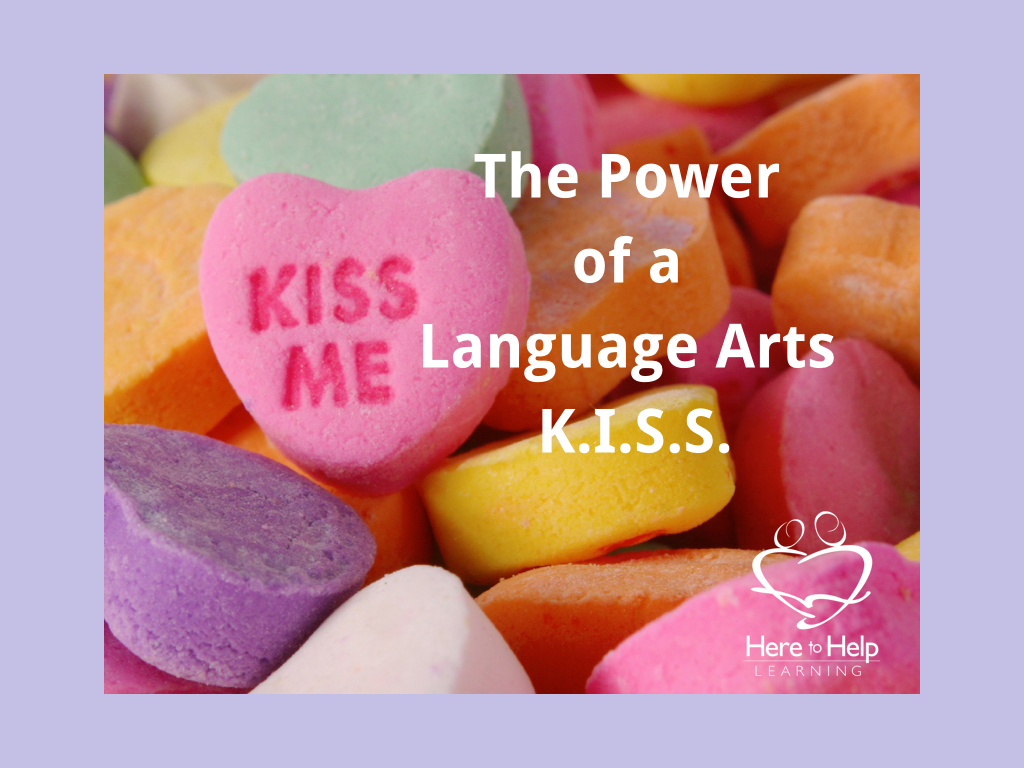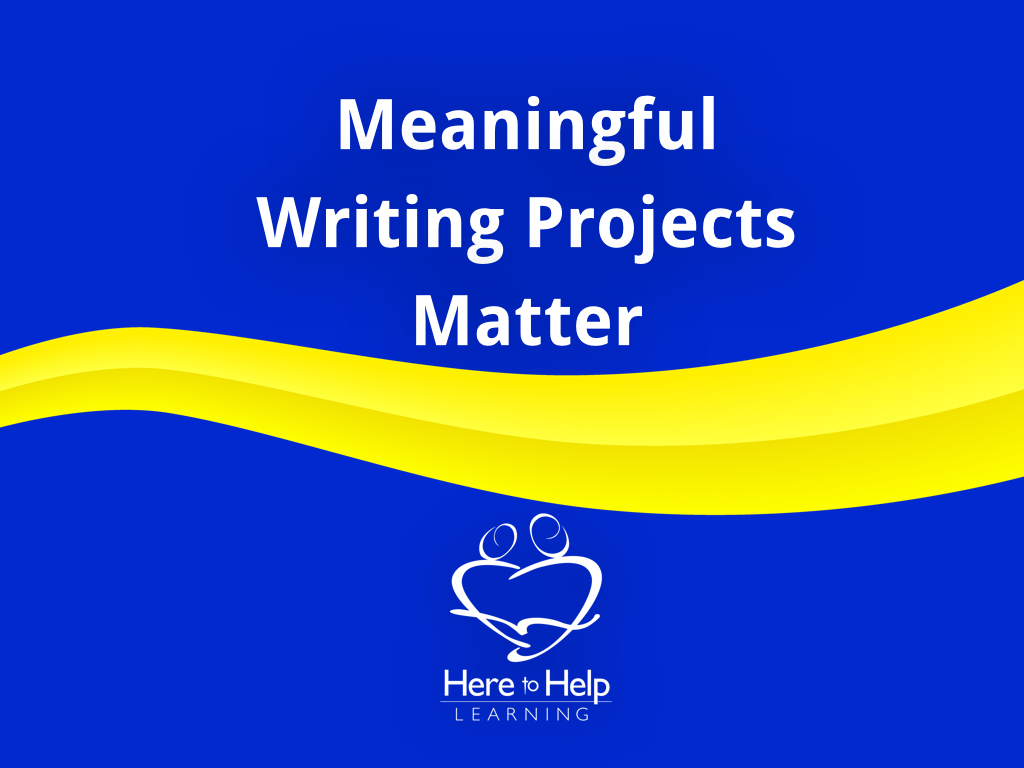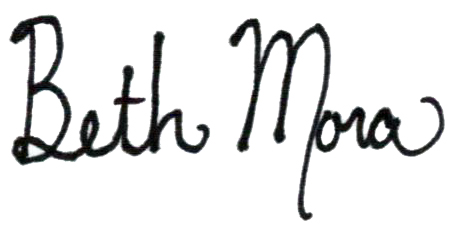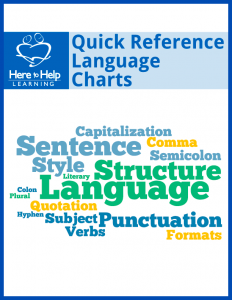Sometimes it seems that early writing instruction only includes the repetitive drills of language arts-spelling, grammar rules, and copying sentences. Little time is given to engaging in the joy of written expression. But you can restore the joy of writing with a Language Arts K.I.S.S.!
Piano Lesson 1: Blink, blink, blink…bonk….. repeat and repeat again.
Piano Lesson 2: Blink, blink, blink…bonk….. repeat and repeat again.
Piano Lesson 3: Awkward but recognizable notes transpire into “Twinkle, Twinkle Little Star”
The child squeals in delight! I love the sparkle in my child’s eyes when for the first time he understands that the notes he is playing are a song. My budding pianist would call me over, “Listen, Mom, I can play a song!” He was eager to learn more songs, not musical notes and theory, but more songs. Those who teach piano know that if a student is going to enjoy playing music, there needs to be a balance between practicing scales and playing songs. Shinichi Suzuki, the famed music educator, chose music, and not scales to help young children learn to play the violin.
Unfortunately, most educators think writing instruction is all about the repeated “scales” of spelling, grammar rules, and copying sentences. Little time is given to engaging in the joy of written expression. It was always a beautiful day when my children or students recognized that writing is a marvelous form of communication. My budding writer would call me over, “Listen, Mom, I wrote this!” Interestingly enough, they never asked me, “Can I learn more about grammar?” Instead, they became eager to learn more about writing, not the rules of grammar but writing.
Don’t mistake the Mechanics of Writing (handwriting, spelling, and grammar) for Writing Composition
I am not saying the rules of language or penmanship don’t have a place in writing instruction. They are important. However, I’m going to encourage you, especially with young children, to offer language arts instruction with a K.I.S.S. (Keep It Short and Simple). Present short, simple lessons in phonics/reading instruction, grammar, spelling, and handwriting. Fifteen to twenty minutes of daily instruction in each language arts area is enough for most children. Less and more frequent are keys to success. Then allow your student time to apply what they have learned to create stories and share ideas through writing. Language arts instruction means so much more to a young student when skills are used in the purposeful art of written expression. 
I look for three elements when choosing language arts instruction.
- Short Lessons- 15-20 minutes.
- Simple- Simple for the student to follow.
- Frequent- Daily lessons
Here is my collection of resources on language arts instruction. Inside each post, I give an explanation of my choices. On HTHL’s Pinterest Boards, I have posted short comments about each resource. Perhaps it will give you food for thought as you find the right fit for your student and family.
Reading Instruction

Good Things Come in Packages of Three-Even Reading Skills
Spelling

Spelling Part 1: Importance of Spelling
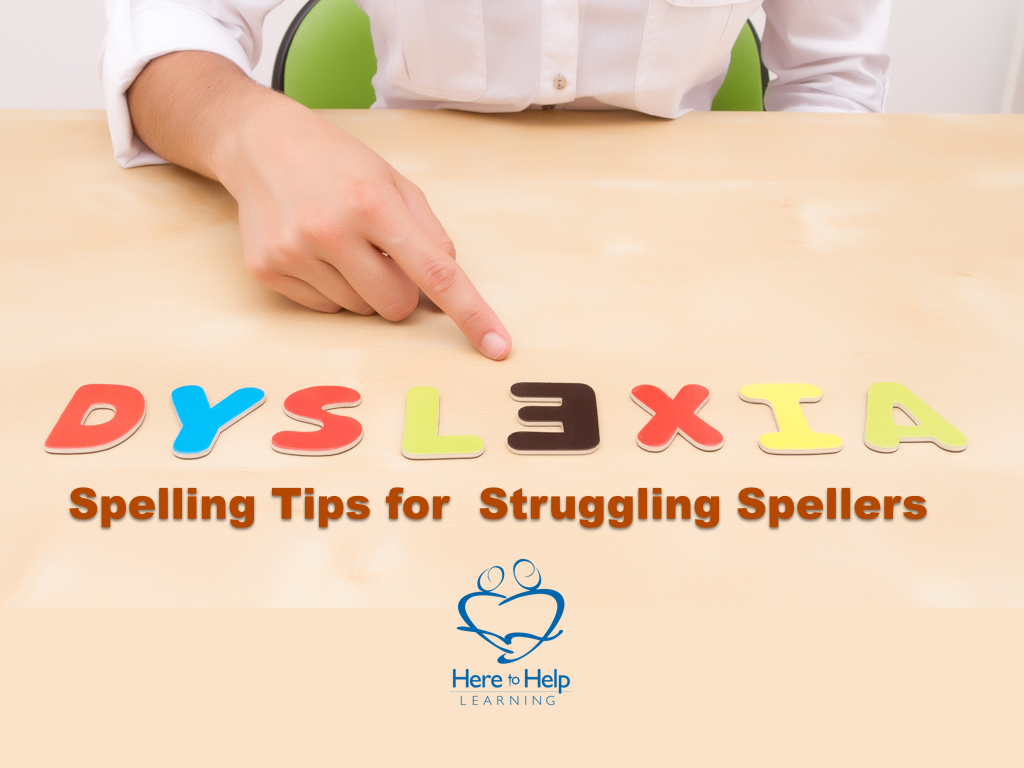
Spelling Part 2: Tips for Struggling Spellers

HTHL’s Pinterest Board on Spelling
Grammar/Punctuation

HTHL’s Pinterest Board on Grammar/Punctuation
Handwriting/Typing

HTHL’s Pinterest Board on Handwriting/Typing
Dysgraphia: Exploring Effective Strategies
Meaningful Writing Projects Matter
It’s sad when students only practice the repetitive “scales” of language arts and rarely get the opportunity to write stories and express ideas. Children are so creative. They have an innate love of language and boundless imagination. The power of the Language Arts K.I.S.S. leaves time for your student to experience and explore the joy and satisfaction of communication using the written word.
From Our Home to Yours,
Blessings!
P. S. At Here to Help Learning we think a child’s imagination is an asset, not a liability.
First Published: February 25, 2015

